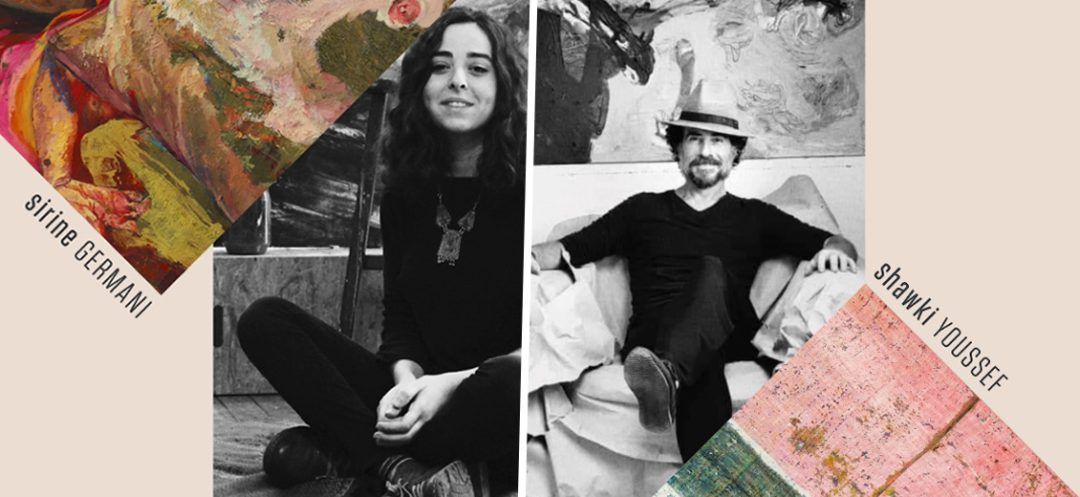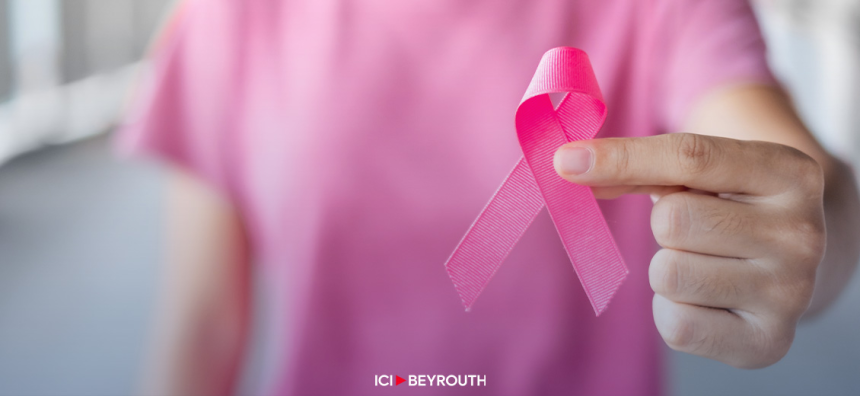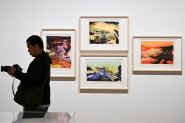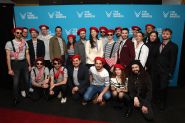
Within Beirut Art Days, the art gallery no/mad utopia by Marie-Mathilde Jaber presents À Corps perdu, an exhibition by Sirine Germani in dialogue with Shawki Youssef. A conversation between the artists, moderated by Marie Tomb, will take place on July 25 at 6 p.m., followed by drinks in the gallery garden, at the gallery in Gemmayzé.
Since its creation in 2022 by Marie-Mathilde Jaber, no/mad utopia has represented artists established in the MENA region, and more particularly in Lebanon. The gallery is currently participating in Beirut Art Days, a daring initiative that demonstrates, once again, the cultural vitality of Lebanon.
This shared perspective is an opportunity to discover the work of Sirine Germani, who is exhibiting for the first time in Beirut, and the latest works of Shawki Youssef. Their experience explores their – and our – relationship with the human body.
Marie Tomb, the exhibition curator, defines À Corps perdu as the uneasy experience of inhabiting our bodies and encountering those of others. According to her vision, Sirine Germani and Shawki Youssef bring forth the tension between abandonment and immersion in the world with human figures surrendering to the painterly landscape. Marie Tomb explains that the artists highlight the perpetual cultural, emotional, and political significance of the human body by excavating its multiple layers of meaning, oscillating between loss and intense engagement, and alluding to its struggle to attain elusive peace.
“Sirine Germani and Shawki Youssef construct worlds where the body is both flesh and myth, reminding us of the profound connections between humanity and nature, stripping the body from sociocultural and political pressure to bring it closer to its original environment. Organic and inorganic matter, from flowers in bloom to pebbles, to vast fields evoking the sea, sand, and fertile lands, merge with the remnants of who we are,” she says.
Marie Tomb emphasizes that the two artists highlight our visceral need for physical connection, with bodies that become eminently tactile, but also bruised, crushed under pressure, and folded many times. What is familiar becomes more hypothetical, hesitant, and frightening than ever, reacting to a time that confronts us with an incessant parade of bodies inviting instinctive emotional reactions and easy commentary, judging with eyes and ears from the comfort of our couch, swiping, clicking, and changing channels at will, every few seconds.
[gallery ids="273807,273808,273809"]
According to Marie Tomb, Sirine Germani exudes raw feelings; she infuses her figures with intensity by systematically mutilating them. Yet they resist with melancholy and rage, their emotions heightened, pulsating with passion but stopped in their tracks. She reshapes them with a feminine eye, conscious of the violence exerted on the body, especially when it comes to stereotypical representations. She demands an end to suffering. Inorganic elements representing the male gaze appear as traces, their trajectory freezing as they crystallize on the surface of the works.
As for Shawki Youssef, he tones down emotion in his post-human body-landscapes that dissolve the boundaries between flesh and nature. In his universe, organic forms transform into topographical elements, blurring the lines between the tangible and the ghostly, between painting and sculpture. He emphasizes the fragility of matter with his rough, layered, and folded surfaces that merge with one another, evoking a sense of History and an awareness of the perpetual and seemingly linear transformation of our world, and proposing instead a tranquil process of aging and renewal where the animal, vegetal, and mineral realms become one.

For the exhibition curator, in À Corps perdu, the layering, erasing, and rebuilding of the human form could echo the patterns affecting our country, or perhaps call for a less hasty consideration of the bodies whose representations we consume more quickly and with less attention than we believe.
The exhibition runs until July 26.
Read more





Comments